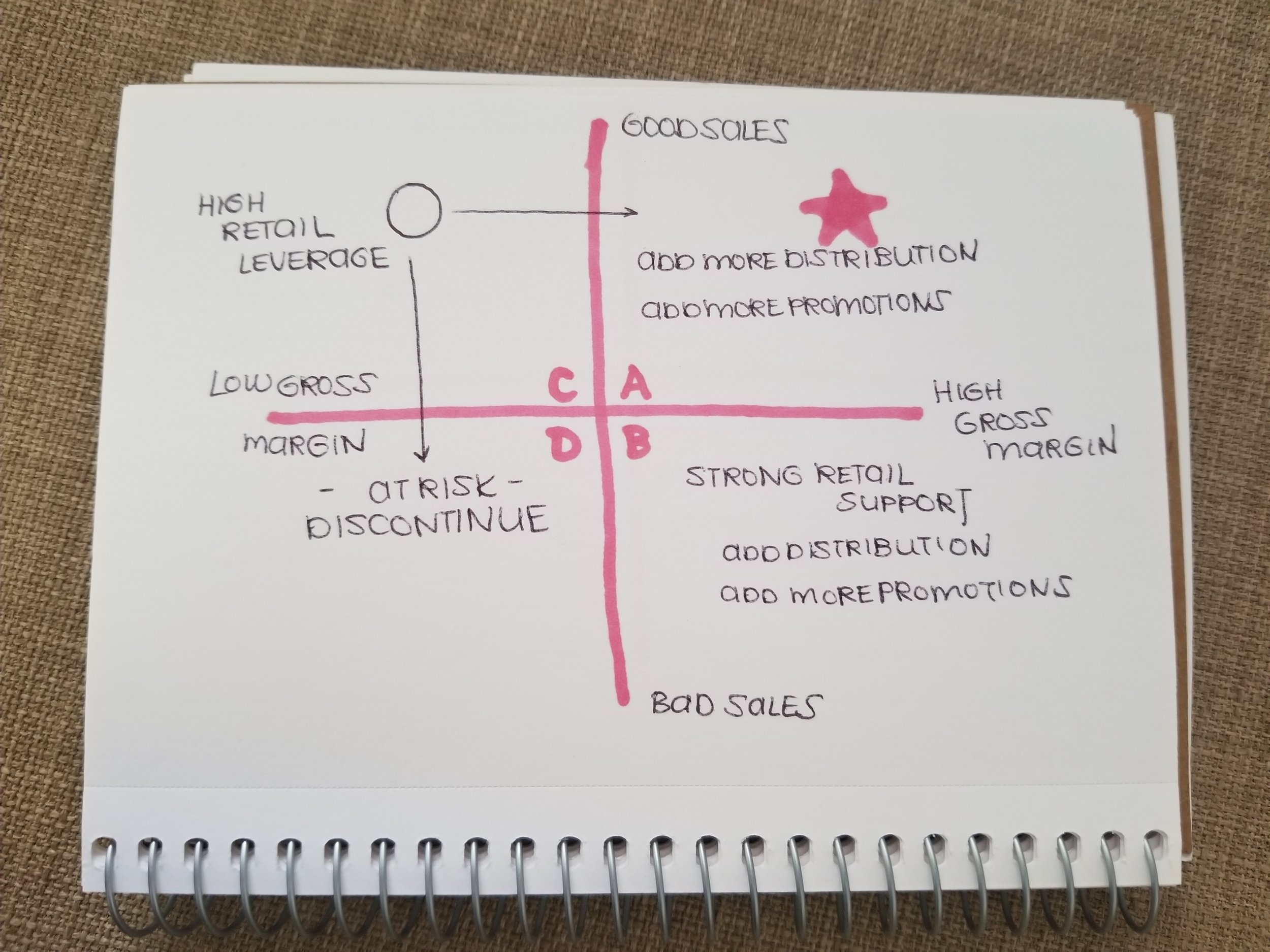Republished from CPGdatainsights , Sally Martin
I was recently purging some old files. I found a long-buried gem, from my IRI days, that I want to share with you. These words of wisdom came from my all-star manager, Linda Abraham. Linda went on to co-found Comscore and is now an investor and advisor to tech companies.
Note: when Linda crafted her Golden Rules, she was heading an Advanced Analytics group at IRI, consulting on data modeling projects. Our “clients” were CPG companies purchasing studies. But everything she says applies to any analyst because we all have “clients”, whether they are external (a company purchasing services or you readers who are opting to spend time on my blog) or internal (some other department in your company, the CEO, or just your immediate boss).
Understand the issues before you begin a project.
Take the initiative, particularly at the onset of a project, to meet with your internal or external client to get a clear understanding of the issue at hand. Obtain copies of key background documents. Find out why the client is interested in the analysis. Is a competitor doing something new? Is one of the clients’ initiatives not working out as expected? This background may help you to go beyond the specific request and provide additional perspective, and will also help when it comes time to recommend specific action.
Structure your projects so that a business decision can be made based on your results.
Encourage clients with fuzzy questions (e.g., Is my brand price sensitive?) to think through the issue more thoroughly (e.g., Should my brand take it’s regular price down? Should I raise promotion spending?).
Think about possible business decisions and actions from the start of each project.
Ask questions like “Why is this important?”, “How would you use this?”, and “What would you do if I gave you the answer now?”
Take a position and recommend action based on your results.
Go beyond reporting of numbers, and say what your numbers mean for the client’s business. This is not easy and takes practice.
Separate strategy from execution.
Make sure the fundamental directions (e.g., key issues) are clearly articulated and agreed to before getting into the execution details (e.g., source of data or analytical technique to use).
Get a second opinion.
Ask other analysts or colleagues to review your work in process. This brings additional expertise to bear on the problem and usually results in better analysis. At the very least, you will have greater confidence that your approach and findings are sound.
Adopt a sense of urgency.
Time is money. Opportunities do not necessarily last forever. If a decision will be made in two weeks, a one month study will have little value. Do your best before the deadline, but feel free to point out the potential value of a more thorough analysis.
Take the initiative to find out how your analysis compares with previous learning.
If your results agree, point that out. If not, find out why. While anything is possible, we would not expect to see, for example, that a brand is price sensitive in March but not in April. Extra support might be needed if your learnings vary dramatically from what has been seen before. Or you might have “invented a better mousetrap” and will want to emphasize that.
Initiate and maintain good interpersonal relationships.
Your ability to get involved in the key business issues, obtain access to confidential information, and recommend and sell analyses will all be enhanced if you are open to building informal relationships with other functional areas, clients, managers, peers, etc.
Follow-up on your recommendations.
Find out what happened and why. Did the client act on your recommendations? If not, why not? If so, what were the results?
Learn to make good presentations.
Get to the point quickly. Allow plenty of time for questions and discussion. Presentations are an excellent way to build your credibility with clients – look for opportunities to practice.
Make your charts clear.
Always indicate the source of data, time period, brands, markets etc. Label each row and column so there is no doubt about what the data represents. Explain any unusual terms or figures (e.g., price elasticity) in a footnote. If attaching an exhibit to a memo, consider restating your conclusions on the exhibit itself. Note from Sally: Robin and I have written lots of posts on charting. Keep it simple. Focus on the 1-3 most important points in a memo or presentation ane ignore the rest. Do not answer questions that weren’t asked, or provide additional data just because you have it. If you think the “wrong” question has been asked, rephrase it. There is no point in wasting time on a side issue if a key point in unresolved. If the Captain of the Titanic asks how the deck chairs should be arranged, point out that there is a more important issue at hand (tactfully, of course).
Learn to write quickly and concisely.
It takes lots of practice, but you should learn how to put together effective talk sheets, recommendations, file memos, exhibits, meeting notes, etc. with a minimum of effort.
Do not provide unnecessary technical details in your written documents and presentation.
While you must be prepared to defend the data, methods, and results to any and all comers whenever asked, most of your readers/listeners/clients do not need or want to know all the steps you went through to get your results.
Learn how to manage errors.
As thorough as you might be, everyone is bound to deliver “wrong” data at one point in his/her career. When this happens, respond quickly. Find out how and why the error occurred, and develop a plan for how to correct it. Think of the best way to this could be positioned to the client – many potential disasters have been avoided due to proper positioning. The most important thing to do is accept responsibility (even if it’s not your “fault”), inform the right people and correct the problem. If handled well, this process can actually enhance your credibility with the client in the long run (provided it doesn’t happen often!). Note from Sally: Read my tips for reducing data errors.
Maximize the use of your time.
Prioritize your “to do’s” into big, medium, and low priority, and try always to be working on high priority items. At the end of the day, you’ll be a lot better off having completed one high priority item than several low priorities (although the latter is usually a lot easier). Always ask yourself, “Is this the best use of my time right now or is there something more important I should be doing?”
Expose your work to other departments and take the initiative to find out what they do.
The more you know about products outside your area of expertise, the more you can truly act as a consultant within your organization.
Set goals for yourself and keep an on-going log of accomplishments.
If you do this, it will be easy to summarize your contributions every 6-12 months. This will not only help you in your review process but will fuel your sense of accomplishment when you periodically step back and realize how much you have learned.







